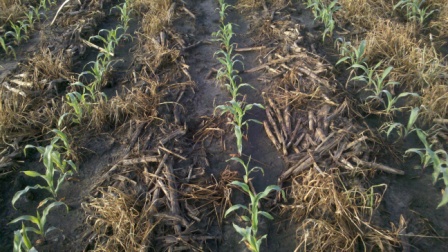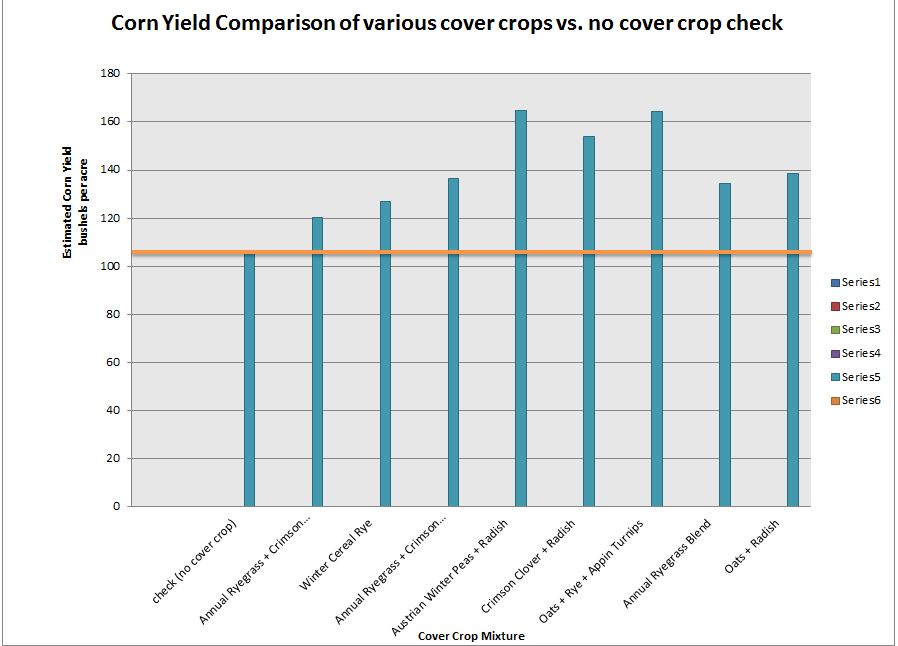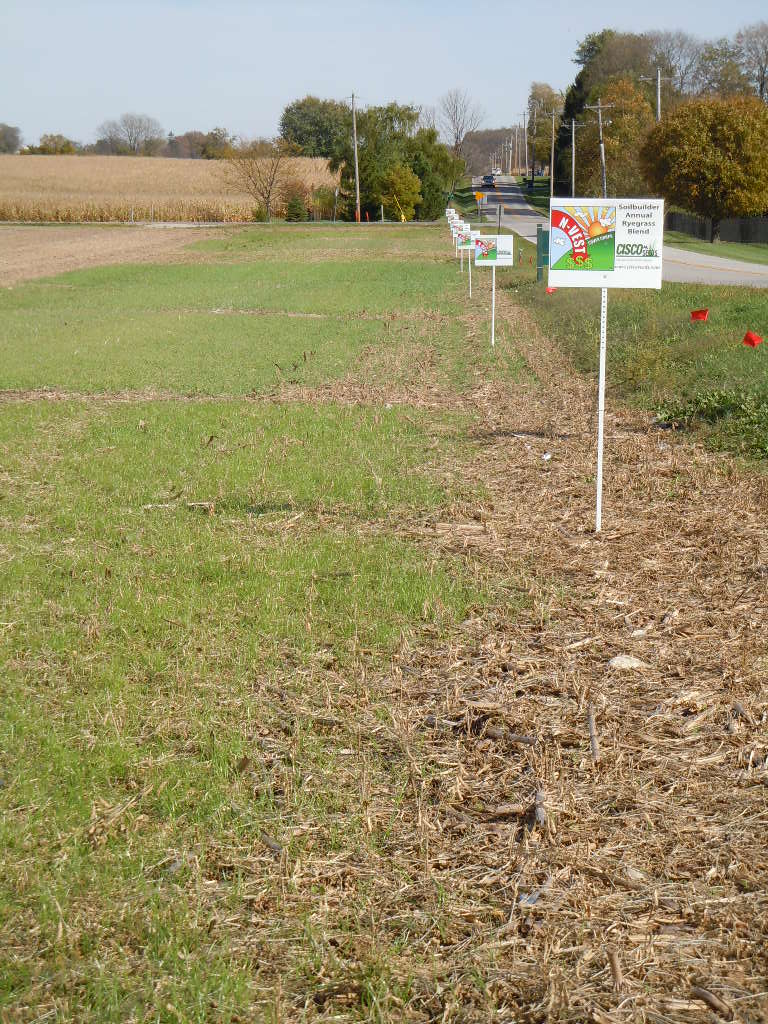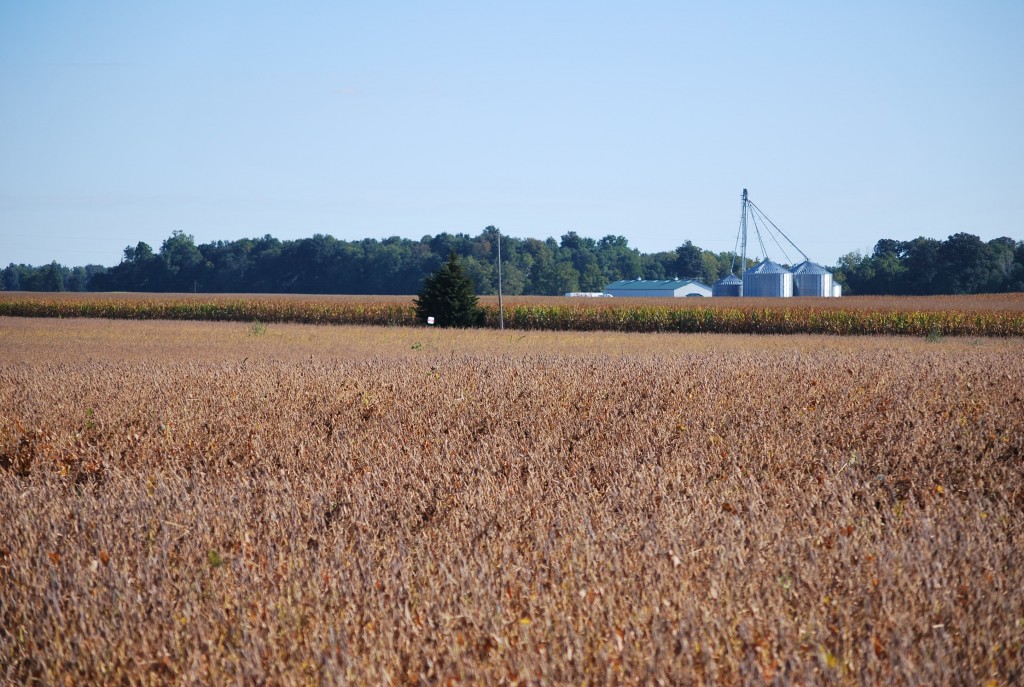Are Cover Crops Profitable to the Farmer?
Cover Crops: Will I Get a Return on Investment Over the past two months my brother Don Robison and I have had opportunities in Indiana, Iowa, and Wisconsin to share a presentation entitled “Return On Investment from Cover Crops.” I will do the same in Ontario and Michigan over the next few weeks. Sarah Carlson […]
Are Cover Crops Profitable to the Farmer? Read More »





